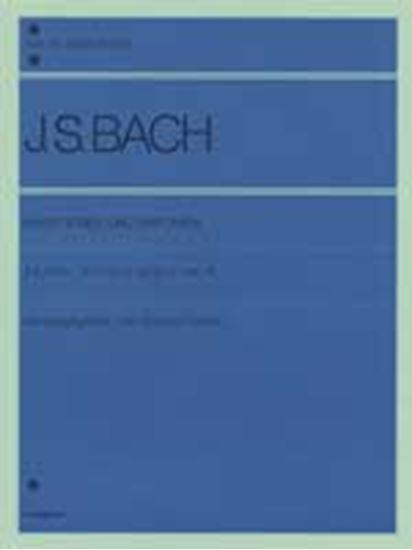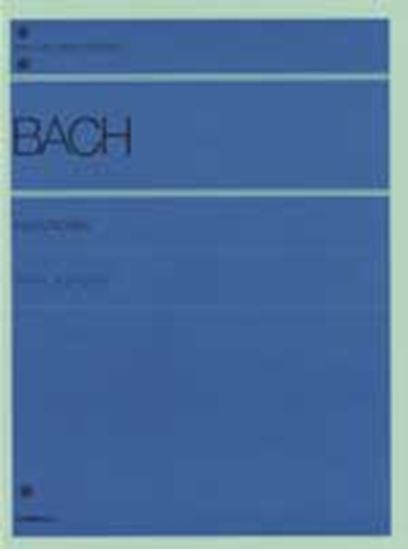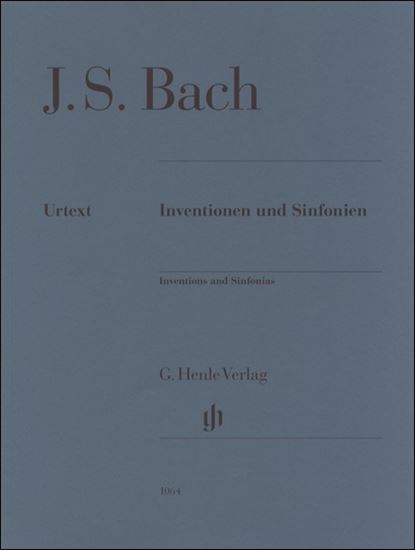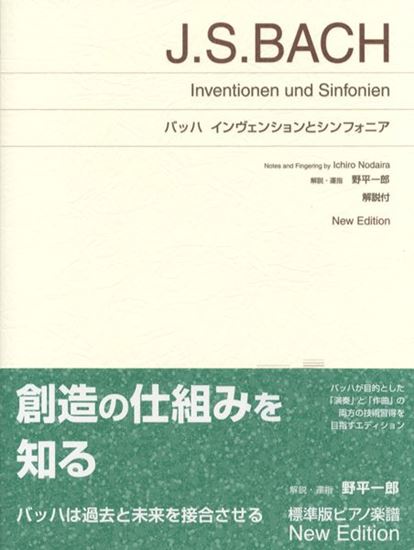Bach, Johann Sebastian : Sinfonia Nr.2 c-moll BWV 788
Work Overview
Genre:pieces
Total Playing Time:1 min 30 sec
Copyright:Public Domain
Commentary (3)
Author : Takamatsu, Yusuke
Last Updated: September 18, 2020
[Open]
Author : Takamatsu, Yusuke
C minor, 12/8 time.
The theme consists of two measures: an arpeggiated chord (m. 1) and a stepwise progression including a diminished seventh leap (m. 2). The entire piece is clearly structured into two parts. In the first part, the theme is presented in C minor by the upper and middle voices (from m. 1), and in G minor by the lower and upper voices (from m. 9).
In the second part (mm. 19-32), which begins in G minor, it is characteristic that the theme never appears in its complete form. Only the arpeggiated chord portion, corresponding to the first measure of the theme, is primarily used. This arpeggiated motive is combined with the transitional sixteenth-note motive seen in measure 8 and elsewhere, and modulates repeatedly through sequential progression.
Author : Hayashikawa, Takashi
Last Updated: March 15, 2018
[Open]
Author : Hayashikawa, Takashi
All notations consisting solely of Roman letters represent types of motifs. d' denotes a motif newly derived and developed from d. Furthermore, in the recapitulation of Theme 2 in the coda, the combination of motifs across the three voices is irregular, hence the notation as shown in the figure.
Musical example provided by: Bärenreiter Verlag
Author : Ooi, Kazurou
Last Updated: March 12, 2018
[Open]
Author : Ooi, Kazurou
Sinfonia No. 2 in C minor
As seen in the C minor movements of the Partitas and the Well-Tempered Clavier, C minor is not necessarily a dark key. Rather, some pieces in this key can even be understood as joyful. How one interprets the C minor Invention or this Sinfonia is ultimately up to the performer, and this interpretation will influence the articulation and tempo. Let's look at a typical example. When performing relatively plainly and brightly, the tempo should be set somewhat faster. For the theme in the first measure, the articulation for the first two beats is determined as follows: the first two eighth notes are played legato, and the third is staccato. This applies to the first two beats. In the second measure, the left-hand voice can connect the quarter note legato to the next note, and then play the following eighth note staccato. In this case, the right hand should play everything legato.
In summary:
- For the three eighth notes of the theme's arpeggio, play two legato and one staccato.
- For a pair of a quarter note and an eighth note, connect the quarter note to the eighth note legato, and then play the eighth note staccato.
Performers are encouraged to incorporate other articulations they deem appropriate.
If one were to play this piece entirely legato, connecting all notes except for rests, some ingenuity would be required. This is because the theme contains many repeated notes, which inevitably break without the use of the pedal. For example, in the first measure, there are two E-flats from the first to the second beat, and two Gs from the second to the third beat. While connecting these repeated notes with the pedal would make them smoother, the problem is that excessive pedal use can sustain notes that should not be sustained. The goal is to sustain only these E-flats and Gs with the pedal, without sustaining any other notes. Consequently, the pedal should be pressed very briefly, for just an instant.
Pedal should be avoided as much as possible unless absolutely necessary. Especially for sixteenth notes, such as those appearing in measure 5, avoid the pedal unless required, but pay careful attention to repeated notes (reiterations).
Other Points to Note
In measure 5, the soprano on the third beat is a quarter note, while the bass is a dotted quarter note. The soprano's F will collide with the alto's ascending sixteenth-note scale on F, so it would be best to release the soprano F here. Subsequently, pay attention to the note values in similar patterns.
In measure 12, the theme is from D to the D an octave lower, not D to F-sharp. Confirm this by checking the stem direction.
Measure 19, though featuring the same theme, is a diminished triad and can be considered the section with the highest tension among the many occurrences of the theme. Starting from here, measures 20-22 are the dynamically loudest section, after which the music descends in one-measure sequences.
PTNA & Partner Channel Videos(3items)
Sheet MusicView More
Scores List (42)

カワイ出版

(株)ヤマハミュージックエンタテインメントホールディングス

(株)全音楽譜出版社

(株)全音楽譜出版社

(株)ドレミ楽譜出版社

(株)音楽之友社

(株)全音楽譜出版社

(株)音楽之友社

(株)音楽之友社

(株)ドレミ楽譜出版社

(株)ドレミ楽譜出版社

(株)ドレミ楽譜出版社

(株)ドレミ楽譜出版社

ヘンレー

ヘンレー

カワイ出版

(株)渓水社

(株)音楽之友社

(株)全音楽譜出版社

(株)エー・ティ・エヌ

(株)全音楽譜出版社

カワイ出版

(株)音楽之友社

(株)音楽之友社

ヘンレー

ヘンレー

(株)学研プラス



















